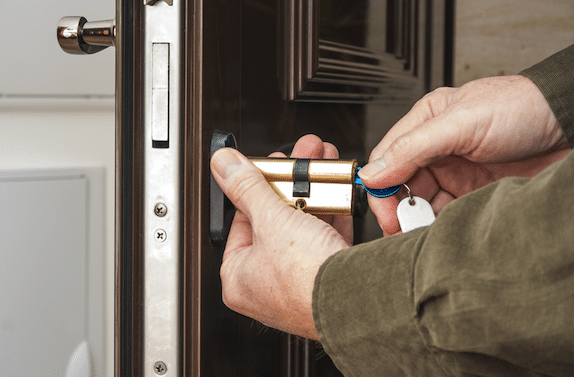In the world of electronic maintenance and repair, keeping your devices clean and free from contaminants is crucial for optimal performance and longevity. Two commonly used products for electronic cleaning are CRC Electronic Cleaner and Contact Cleaner. While both serve similar purposes, there are notable differences between them in terms of composition, cleaning power, safety considerations, environmental impact, and cost.
In this article, we will explore these differences to help you make an informed decision when choosing the right cleaner for your needs.
Related Post:- Griots Interior Cleaner vs Detailer: Which Should You Buy?
CRC Electronic Cleaner: Overview
Source: i.ytimg.com
The CRC Electronic Cleaner is made specifically for cleaning electronic equipment with precision. It is designed to be used on delicate electronic components such as electric circuits, lighting, plugs, computer parts, switches , contacts and even electronic components used in automobile applications.
It is a fast-evaporating, non-conductive, and residue-free cleaner, making it safe to use on a wide range of electronic devices and equipment.
We’ve also covered a post on Drivetrain cleaner vs degreaser comparison, which you can find here: Drivetrain Cleaner vs Degreaser : Which One to Choose?
Contact Cleaner: Overview
Source: vattuthietbidelta.com
A Contact Cleaner is a solvent cleaner intended to remove contamination from electrical contacts, the conductive surfaces of connectors, switches, and other electrical and electronic components with moving surface contacts.
It is also known as an electrical cleaner, switch cleaner, electrical contact cleaner, and specifically for automotive repair, battery terminal cleaner. Contact Cleaner comes in various forms, such as aerosol sprays, wipes, and liquid solutions.
Read Next: Cordless vs Corded Vacuum : Which is Better?
Exploring the Differences Between CRC Electronic Cleaner vs Contact Cleaner
Source: sc04.alicdn.com
| Aspect | CRC Electronic Cleaner | Contact Cleaner |
| Composition and Formulation | Typically formulated with a blend of solvents and additives that are specifically chosen to clean electronic components. | Made for removing oxidation from electrical contacts. Contains solvents and corrosion inhibitors to improve conductivity and prevent future oxidation |
| Cleaning Power | Used for dissolving and displace dust and dirt from electronic components. | Known for removing oxidation from electrical contacts. |
| Safety Considerations | Doesn’t require much safety precautions and is safe to use. | Requires safety precautions. |
| Environmental Impact | Harmful | Harmful |
| Price | Expensive | Affordable |
If you’re interested in knowing about more such informational and helpful blogs, then read our other blog posts on:
Which Cleaner to Choose: CRC Electronic Cleaner or Contact Cleaner?
If you are thinking about which cleaner best suits your needs and which one you should choose, then it completely depends on your needs and preferences.
You can buy a CRC Electronic Cleaner in case you are looking for an effective cleaner to clean electronic components, circuits boards or delicate surfaces.
On the other hand, if you are looking to restore electrical conductivity, then you can buy a CRC Contact cleaner.
Now, you have to analyze what purpose you need a cleaner for and then buy a cleaner according to your needs and preferences.
Related Post:- The Pros and Cons of Using a Vacuum Cleaner to Clean Your Keyboard
Conclusion
In the realm of electronic cleaning, both CRC Electronic Cleaner and Contact cleaner play significant roles.
While CRC Electronic cleaner is a great cleaner which removes dirt, dust and grime from electrical components, contact cleaners’ role is to restore electrical conductivity by removing oxidation.
If you get help from this article, then be sure to read our other blog posts in our blog archives:


